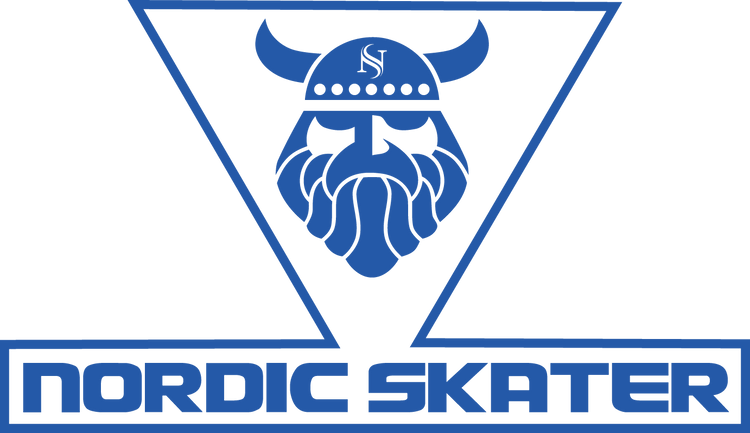Nordic Ice Skates
The Basics
Nordic skating makes use of cross-country ski boots — skate, combi or back-country style — and a detachable, elongated steel blade that clips on and off your boot using the same cross-country binding that’s on your skis. You can put on your ski boots at home, drive to the lake, then just clip on the blades and go. No need to expose fingers or toes to the sub-freezing temperatures at the lake shore. Many skaters also carry Swedish ice-testing poles to test the ice for thickness and strength.
Types of Skates
There are 2 types of skates in the Nordic world, buckle skates and binding skates. Buckle on skates do not require a cross country boot or binding. Simply put on your favorite hiking boot or other footwear and tighten the buckles on the skate around your boot. We recommend a high ankle boot with enough stiffness for ample ankle support. The more ankle support you have, the better your skating experience will be.
Binding skates are more traditional, and feel more like a cross country skate ski. These skates require a binding and a cross country boot. We recommend Skate, Combi or Back country boots for skates. Check out our boot buying guide for more information on these boots.
Nordic Skate Brands
We sell 3 brands of Nordic skates, Isvidda, Lundhags and Zandstra.
Isvidda is our “Good” option. These blades are made in China but have a hard-enough steel blade that the sharpening requirement is one sharpening per season. This blade is also our most economical.
Lundhags is our “Better” blade. Lundhags are a higher quality steel than the Isvidda skates and require sharpening every 2-3 seasons. These blades are high quality steel and made in Sweden.
Zandstra skates are our “Best” option. These skates require sharpening every 5-7 years and have a Rockwell hardness of 60. Manufactured in Holland, these are the best blades on the market. These skates are NIS binding compatible meaning they will accept a slide-on style binding. Screw down bindings can also be attached. Learn more about the different binding types on your Binding page.

